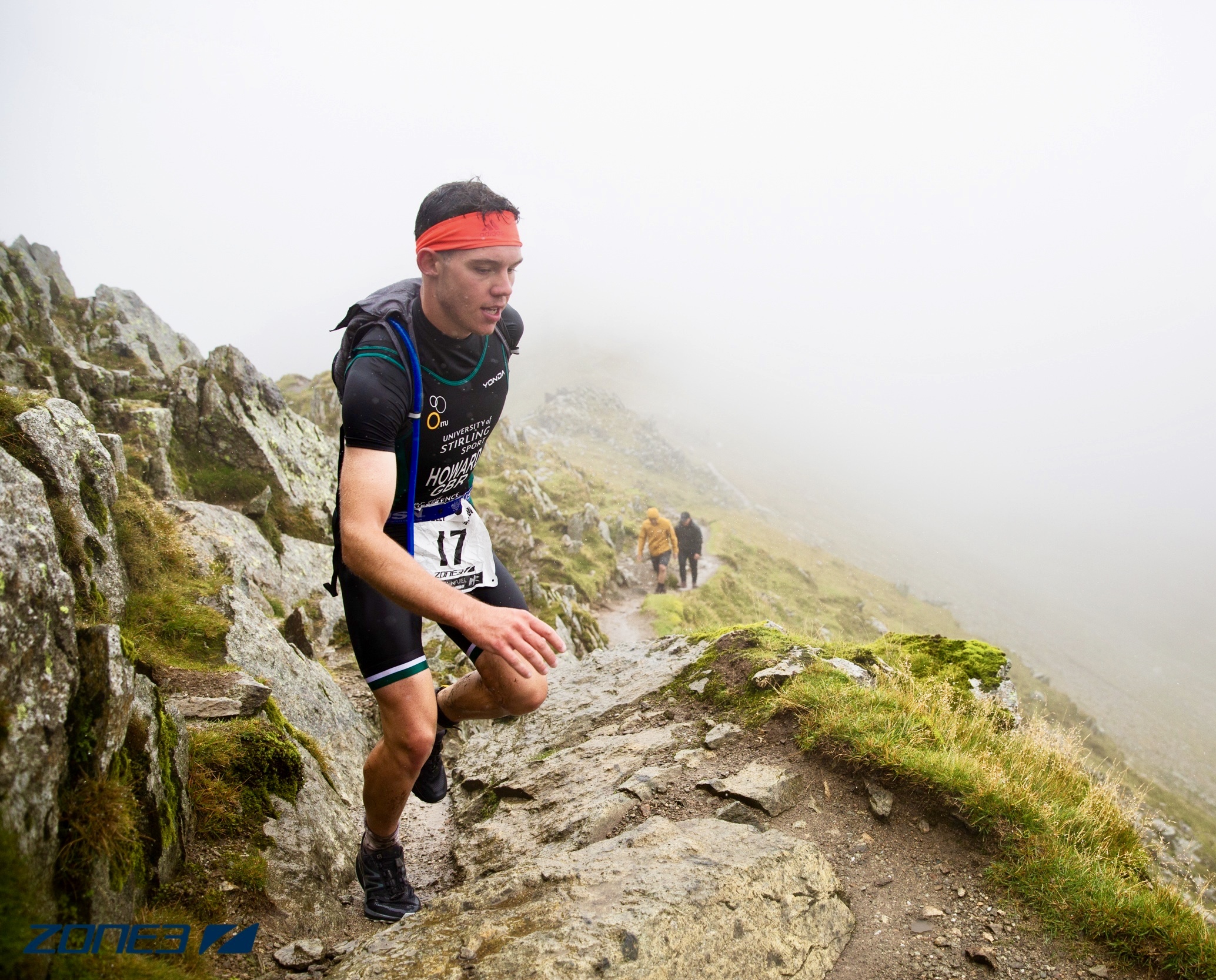Top 5 Return to Running Tips after Lockdown
If you are a beginner in the sport of triathlon and haven’t been running during lockdown, your running shoes may have been collecting a few cobwebs. If so, it’s essential to return to running cautiously to avoid injury and burnout. Your mind (and cardiovascular system) may be willing but you may find that your legs (and musculo-skeletal system) are not. If you over-train you may pick up an injury and you’ll be right back where you started – unable to run.
Here are five key points to take into consideration when you return to running:
1) Don’t make comparisons
Forget past performances and start again with a clean sheet. A big mistake when returning from time away from training is saying to ourselves, ‘I was running a 5K in 20 minutes and now I can’t get anywhere near it!’ and comparing yourself to where you were. Start over and put together a realistic plan so that you don’t go out and do too much too soon.
2) Find your baseline
This is the distance you can run without pain or discomfort during the run. Run for as long as comfortable, stop if painful and note distance, time and pace. Your aim is to identify a distance and speed you can do without increasing risk of injury. If you not been running for a number of months you will have lost a degree of fitness but it doesn’t take that long to build back up again. Limit your mileage, you don’t have to run until it hurts, just find a level you know you can manage, that’s the aim here to begin with, then you can move the distance up slowly over time.
3) Review your baseline
If you’re struggling to manage your baseline runs or finding them far too easy then it may be time to review your baseline. This can also be a way of working on speed – try finding your baseline at a more challenging pace but always focus on comfort.
Base your return to running on percentages.
- First return week: 30 to 50% of your normal mileage
- Second return week: 40 to 60% of your normal mileage
- Third return week: 80% of your normal mileage
- Fourth week: back to your normal mileage.
4) Patience is the Key to Success
Don’t jump into things! It’s all about patience at this point and that will lead to success in the future. Slowly increase the time you spend running and fill in the initial gaps with other activities such as your swimming and cycling.
You may even want to consider using a run/ walk pattern to achieve a larger baseline. Gradually reduce the amount of time spent walking until you can run continuously free from discomfort.
According to Jeff Galloway, creator of the Run-Walk-Run Method, inserting walk breaks have many benefits:
- Boost speed
- Increase endurance
- Reduce injury and fatigue
- Breaks a run into manageable chunks.
5) Stay Positive
It can be frustrating to think about your past running accomplishments and it may even feel like they’re out of reach at this point. But don’t beat yourself up. Simply focus on the positive steps that you are taking and build momentum from there. They’ll be plenty of time to train and work on beating your PB’s. Just enjoy your running as you increase your fitness level gradually and safely. Patience is key during this building stage.
Article by Luke Howard





